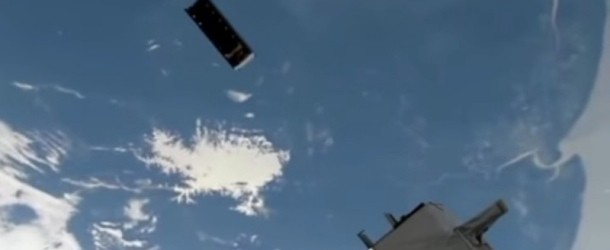Nanosatellite to test quantum communication detectors in space launched from ISS

(SmilePolitely) CAPStat, a nanosatellite that will be testing built-in maintenance of quantum communication detectors in space, has launched from the International Space Station into orbit around the Earth. It has “single-photon detectors, which can be used as receivers for unhackable quantum communications.” The satellite is the size of a loaf of bread, and took six years to develop. Undergraduate students did much of the legwork for the project.
Illinois Physics Professor Paul Kwiat is the primary investigator, and designed the experiment in collaboration with Waterloo Professor of Physics and Astronomy Thomas Jennewein. Illinois Aerospace Engineering Professor Michael Lembeck, with a team of students, did integration and testing. Lembeck will also be the one communicating with the satellite from the Laboratory for Advanced Space Systems at Illinois ground station.
The experiment is meant to determine if improvements can be made “improving the performance and longevity of the in-orbit photodetectors used to detect the single-photon signals” therefore opening the door to quantum communication and a global quantum internet.



















